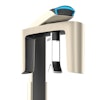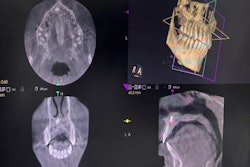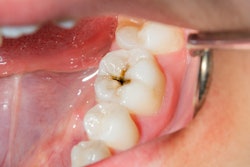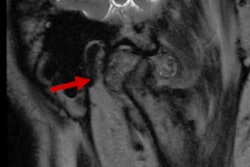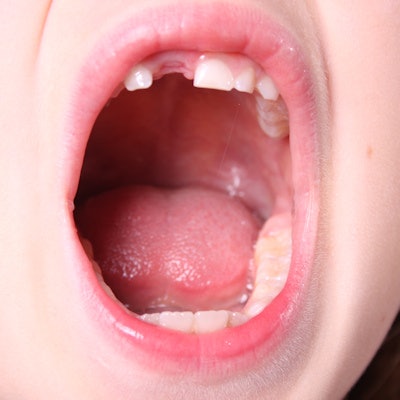
The use of cone-beam computed tomography (CBCT) in younger pediatric patients has risen every year since 2017, indicating increased awareness about the uses of the imaging modality. The study was published on January 19 in the International Journal of Paediatric Dentistry.
There was an increase in the number of scans in patients between the ages of 6 and 12 between 2017 and 2020. Most often, imaging was ordered to assess dentigerous cysts and impacted teeth. Since it is important to master the use of CBCT in pediatric patients in the right indications, clear, thorough guidelines for the use of CBCT in children are needed, the study's authors wrote.
"Evaluation of compatibility of request reasons and CBCT findings is important for paediatric dentists to determine the right CBCT indications in order to protect children from radiation," wrote the authors, led by Işıl Kaçmaz of Uşak University in Turkey.
Though CBCT is used widely with pediatric dental patients, using the imaging modality appropriately is critical, since children are more vulnerable to ionizing radiation than adults. Ionizing radiation exposure can cause permanent DNA damage and mutations that cause cancer. Since tissue cells in children divide faster than those in adults, children have up to a 10 times greater risk of ionizing radiation, according to the study.
To explore the use of CBCT in pediatric dentistry, the authors evaluated 334 CBCT scans taken at different times and for distinctive reasons in 319 patients.
In the 6-12 age group, 85 CBCT scans were taken between 2017 and 2020, while 249 scans were completed in the 12-18 age group. During that time period, the number of CBCT scans of children ages 6 to 12 increased every year, while those in the older age group underwent the most scans, according to the study.
| Total number of CBCT scans taken of pediatric dental patients between 2017-2020 | ||
| Year | Ages 6-12 | Ages 12-18 |
| 2017 | 4 | 38 |
| 2018 | 5 | 16 |
| 2019 | 30 | 105 |
| 2020 | 46 | 90 |
Many different reasons were provided as to why the children needed to undergo CBCT scans. Assessment of impacted teeth (about 46%) was the most frequent reason for referral, while the least frequent reason was the evaluation of bone pathosis (about 10%), the authors wrote.
The study had limitations, including that it was a single-center study, the authors acknowledged.
Nevertheless, more studies are needed to evaluate the use of CBCT in pediatric dentistry, the authors wrote.
"The absence of guidelines regarding the evaluation of use of CBCT in paediatric dentistry suggests that its use should be discussed," Kaçmaz et al concluded.



